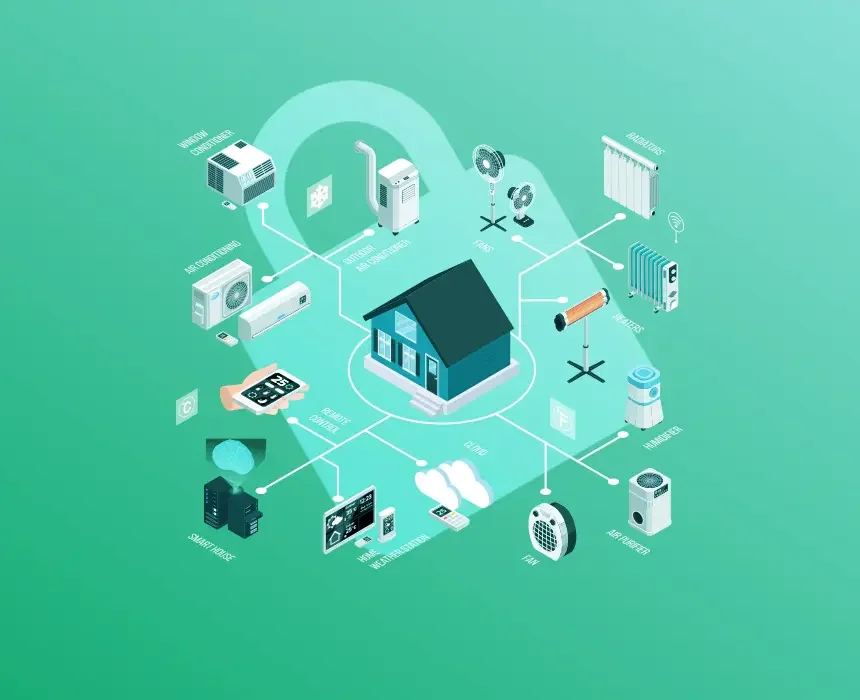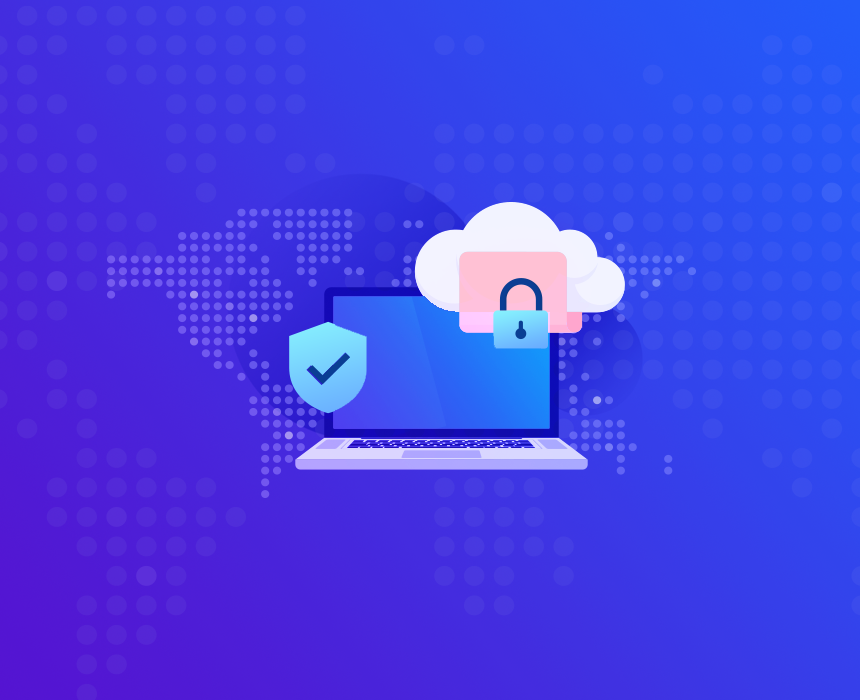
Today’s world demands to do everything possible to improve online security. Most of our lives rely on smartphones and other internet-connected devices. With so much happening on these devices, they are the entry points for cybercriminals. Identity theft is a high-rewarding crime and a serious threat to businesses globally. Every single day we witness one data breach or another.
If you are an internet user who still relies upon traditional username and password authentication, then this article is for you. Technology now provides you the perfect key to secure your online accounts. The article sheds light on the most effective solution available to protect the accounts that you access via the World Wide Web – Multi-Factor Authentication (MFA).
Multi-Factor Authentication is a security system that demands two or more methods of authentication checks to verify a customer’s identity. MFA adds an additional layer of security to the user thereby preventing an unauthorized person to access the targets that could compromise privacy and security.
In MFA, multiple implies that there is more than one barrier to reaching the target. If the attacker is successful in compromising one authentication factor, then there are multiple barriers to breaching the target data. An authentication factor is a set of credentials used for identity verification.
Every additional factor increases the assurance that the factor involved in the verification process is something the user knows or the knowledge factor, the user poses or the possession factor and the user is or the inherence factor. Password is an example of a knowledge factor whereas one-time passwords or tokens are examples of a possession factor. The biometrics of a user is also used to verify user authentication. Fingerprint, retina or iris scans, facial and voice recognition, etc. are a few examples of inherence factors.
Location and time are the other two commonly employed authentication factors. A user’s location is usually suggested as the fourth factor for authentication. This is achieved through smartphones enabled with GPS. If a user carries a smartphone with a GPS device, then that can be used to ensure that the user is from a trusted location. Time is sometimes considered a fourth or fifth factor for authentication. These are primarily used in counterfeiting fake employee cards and in banking transactions.
Different checks are used to implement MFA. This is based on factors such as the level of security required for the application, users’ technology preference to access the asset and the cost involved in deploying MFA.
There are two types of security tokens – software and hardware tokens.
Hardware tokens: The token delivered via a handy hardware device that the owner should use to authorize access to a network service is known as a hardware token. These devices can be smart cards or embedded in a portable key fob or a USB drive.
Software tokens: Software-based security tokens generate a one-time-use PIN to log in. These are usually used for multifactor authentication, where the smartphone serves as the possession factor. This is a perfect alternative to hardware tokens as the users need not carry the portable device to unlock their access.
This is a comparatively easy-to-deploy authentication method. It mostly includes a text message with a PIN number, which is used in addition to the traditional username and password verification. If the users frequently access services through mobile devices, then mobile device-based authentication helps them to handle it effectively.
The email token is similar to the SMS token. The only difference is that the token will be delivered via email. Access to email need not be available every time while using the asset or application. So this is recommended as a backup option. Email token enables users to conveniently access OTP on any platform from where they can receive the email.
Triggering automated phone calls is a way to deliver a one-time password to users.
People who have smart devices with biometric authentication can use that to verify their identity. Biometrics is a more user-friendly authentication method. It avoids the extra checks needed while manually updating the token or password.
Apart from these, there are a few digital verification methods available, such as:
Many users find social identity verification very convenient as they are already logged in to their social media platforms. However, these platforms are targets of cybercriminals. Hence, using social login as the primary verification method is not advisable.
This is a knowledge-based authentication method. The business or the user can define the security questions. The user should provide the answers which are later verified. There are two types of knowledge-based authentication – dynamic and static. In dynamic authentication, the questions are generated in real time based on the history of use or transactions.
Risk-based authentication can also be used with MFA. In this, the location, device, and even keystrokes of the user are monitored to check the security status. Risk-based authentication enables customers easy verification if they are repeatedly signing in from their frequently used machine and location.
Users’ credentials vulnerabilities are the most likely culprits of security breaches today. According to Verizon’s 2020 Data Breach Investigations Report (DBIR), more than 80% of hacking-related breaches involved the use of lost or stolen credentials. This shows that people are still struggling with password security. The modern threat landscape is constantly evolving with more sophisticated methods. At this juncture, MFA is the most reliable way to eradicate credentials vulnerability.

A router is perhaps the most important gadget in any modern-day home. It controls access to your home Wi-Fi network that is used by all Wi-Fi-enabled devices such as mobile phones, laptops, and …
05 February 2021
In the rapidly evolving digital world, businesses are increasingly transitioning their data and applications to the cloud. However, with this move comes the heightened risk of cybersecurity threats, …
27 July 2023
Businesses often set up their own VPN as they serve as a crucial network security tool for protecting network resources and business applications. Also, individual users who need more control over th…
29 August 2022